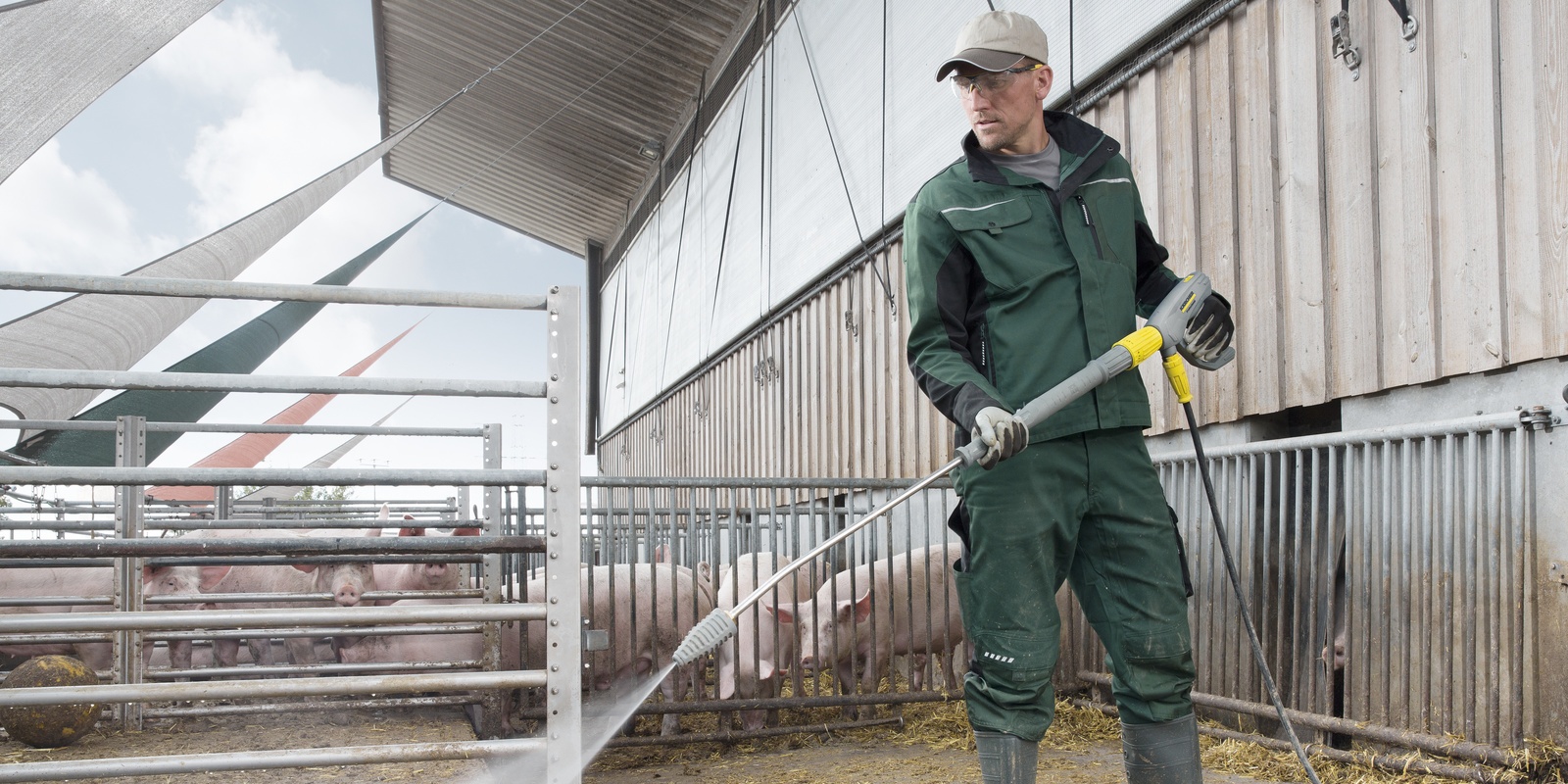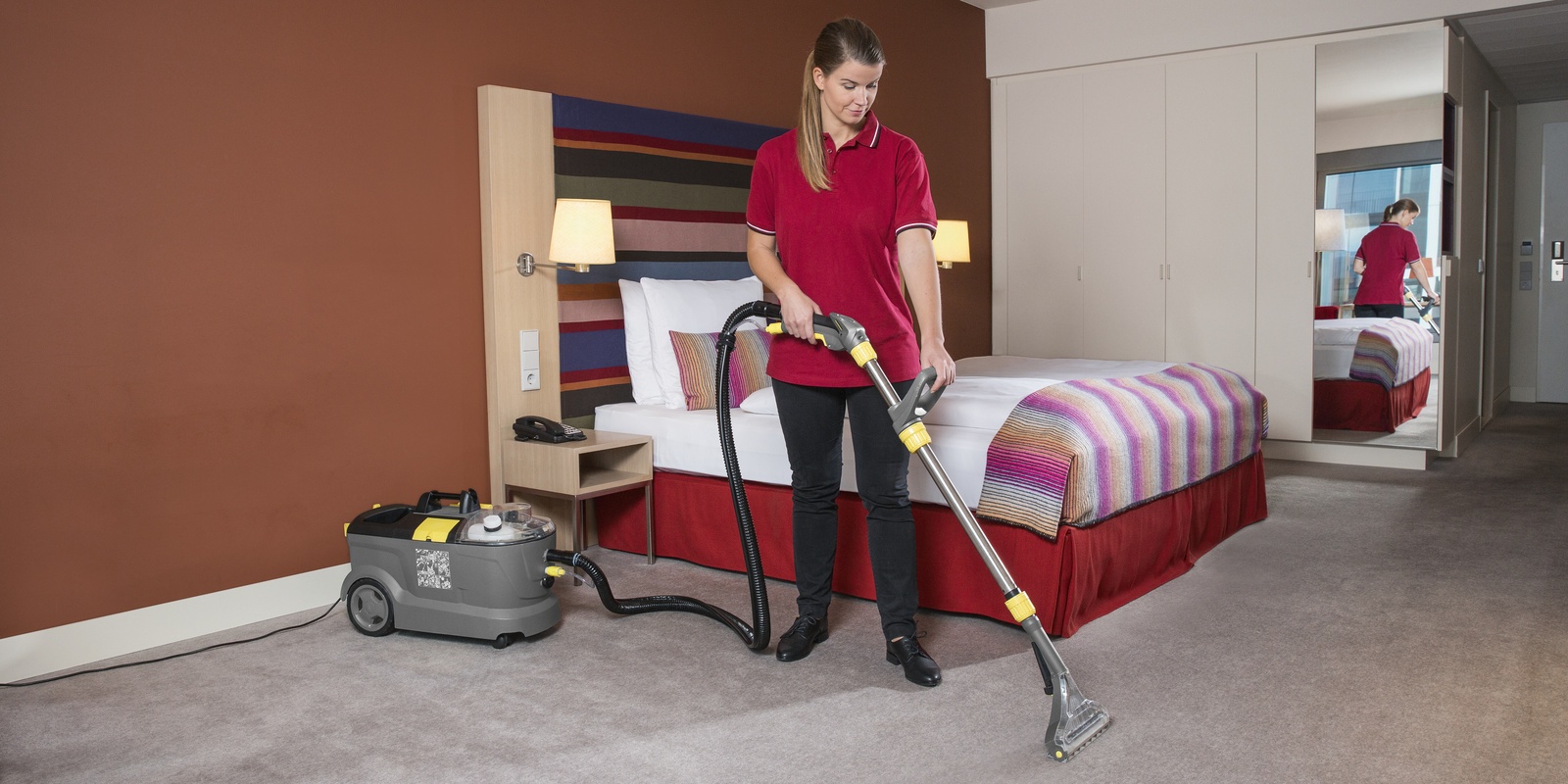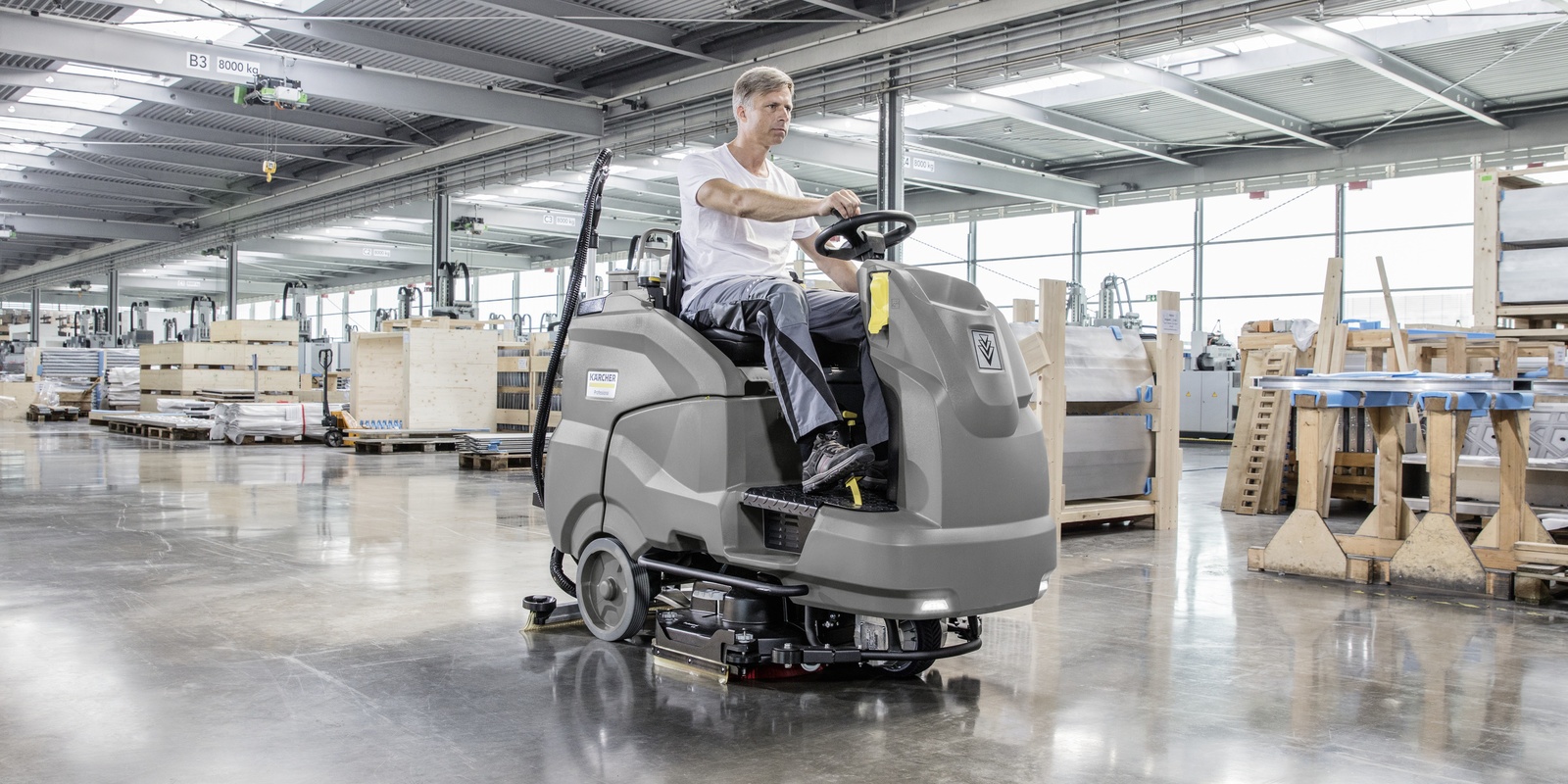墙壁,瓷砖和机器的清洁度和卫生
Wherever food is cooked, there will be stubborn stains. Grease and food residues must be systematically removed in accordance with the HACCP guidelines, in order to eliminate the breeding grounds for viruses and bacteria. With the right equipment, commercial kitchens can be thoroughly and efficiently cleaned and disinfected.
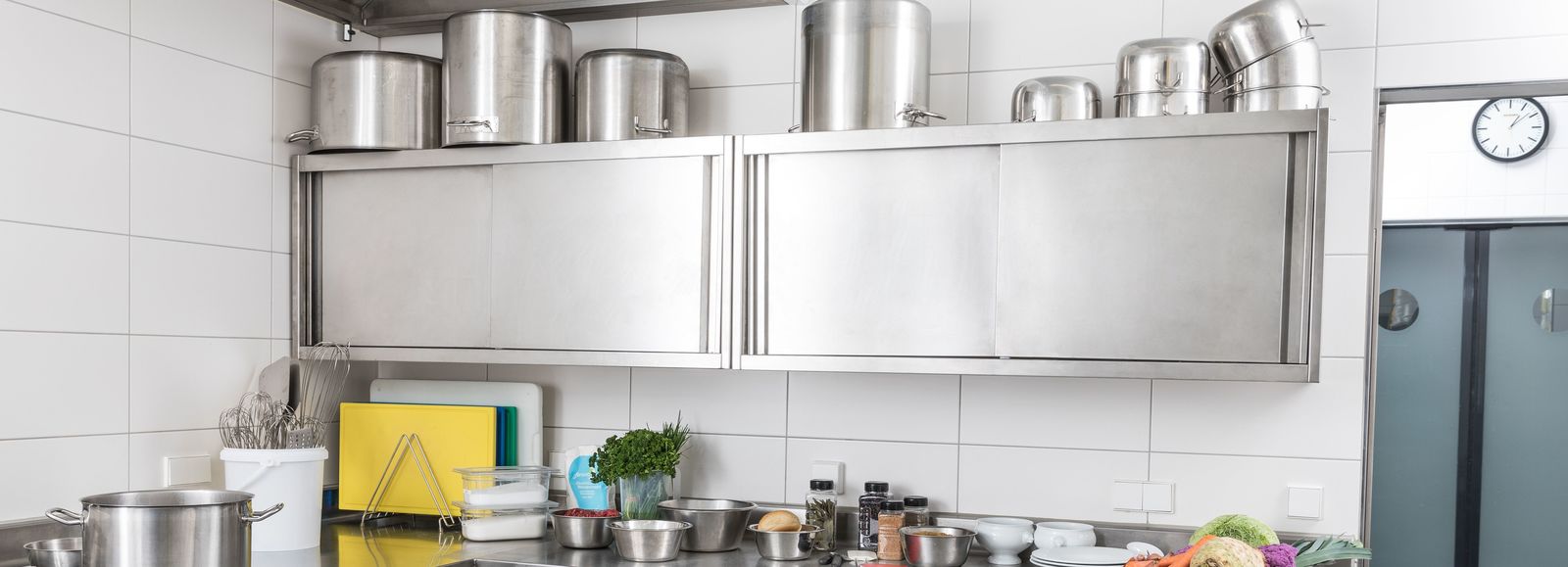
按照HACCP清洁和消毒*
为了生产卫生食品,厨房和相关房间(储藏室,制冷设施)和可用的机器必须通过仔细清洁和消毒,在适当的情况下保持清洁。由于各种区域和机器具有不同的清洁间隔,因此必须在需要清洁的每个区域的突出位置中创建和显示清洁时间表。该计划必须明确指定:
- 必须清洁什么(机器,表面,地板),
- when to clean (after use, daily, weekly),
- 用(清洁剂和剂量)清洁什么,
- 谁必须清洁(负责任的工人)。
Completed tasks must be accurately logged and clearly documented by signature to allow monitoring. It must be noted that cleaning and disinfection are two separate procedures.打扫旨在去除污垢和污染,即任何不受欢迎的物质,包括产物残留物,微生物和清洁剂/消毒剂残留物。消毒包括化学和物理过程,以消除微生物到既不危害健康的水平,也不损害食物质量。
*HACCP=Hazard Analysis Critical Control Point, a quality tool geared to preventive measures, designed to ensure safety in the production and handling of food and to avoid risks that could lead to illness or injury to consumers.
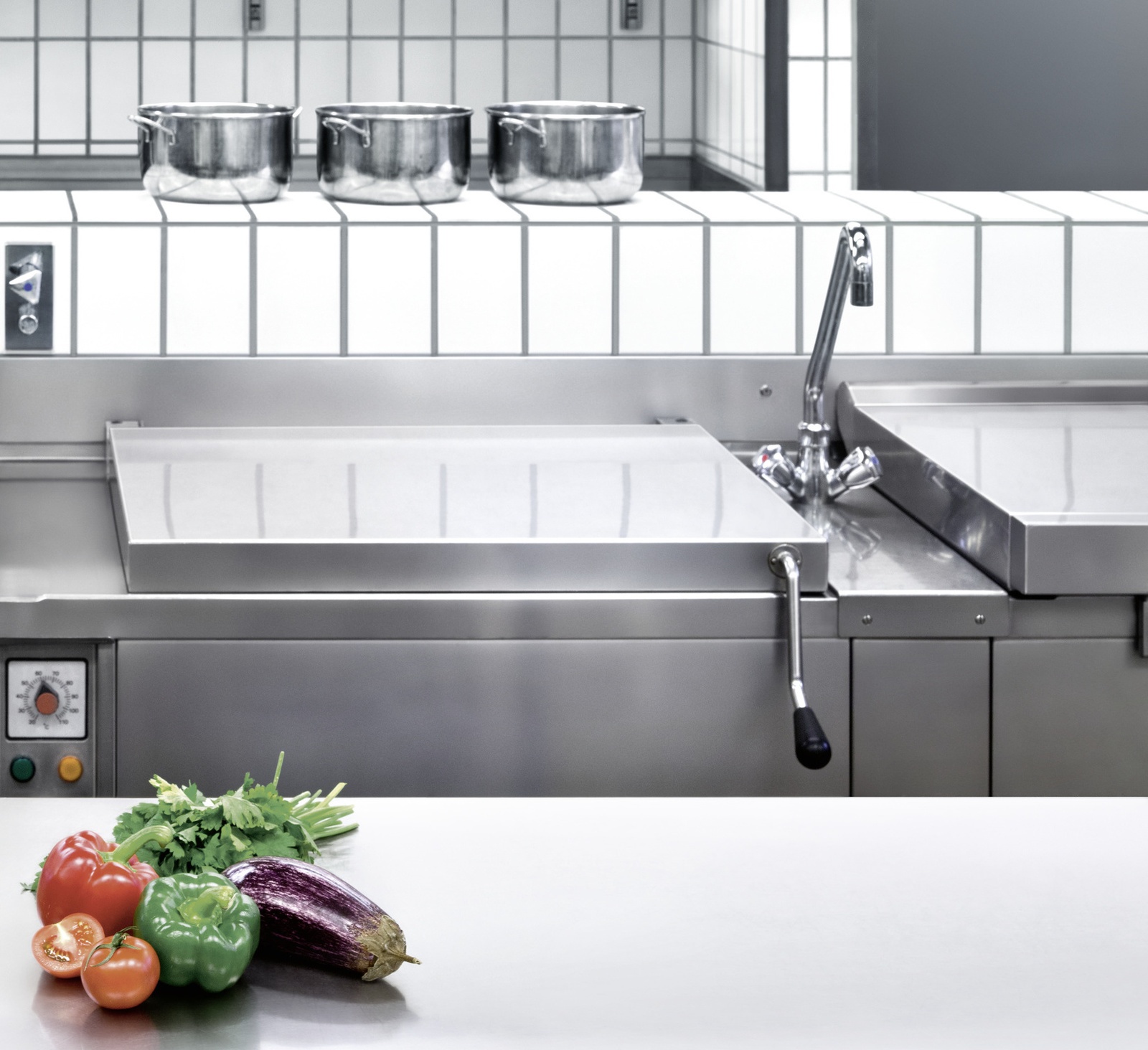
Efficient cleaning in all corners

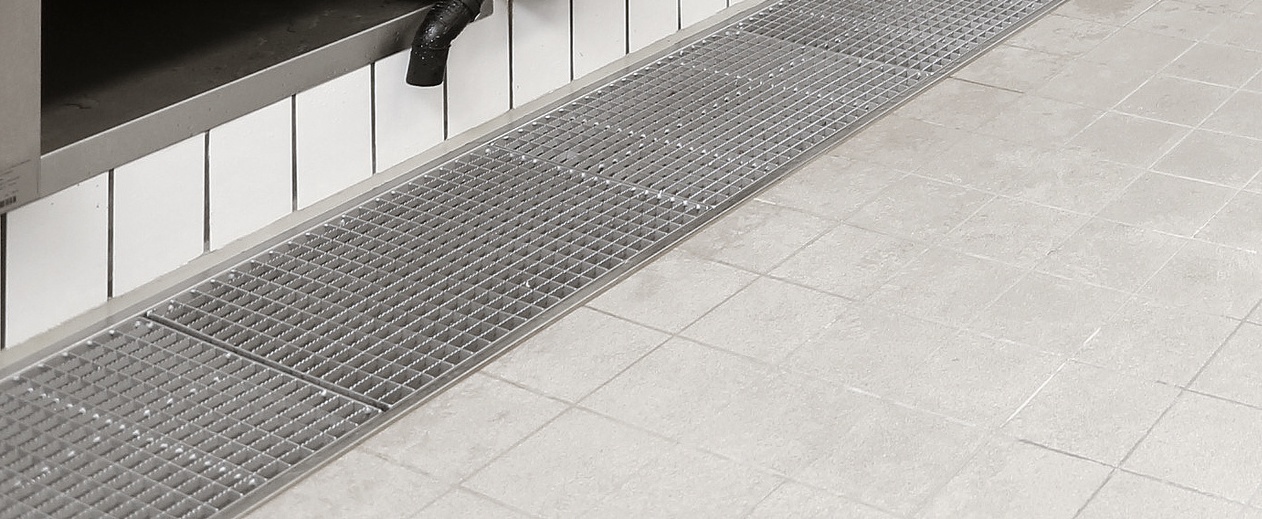
防止事故:防滑瓷砖和滑动阻力值
在工作空间,工业区和公共场所使用的瓷砖必须根据DIN 51130根据评估组R9至R13符合规定的防滑等级。这是为了防止事故。为了测试该值,测试仪佩戴防护鞋,在应用油的倾斜表面上铺平并走路。R组越高,测试表面的倾斜角度越大。它在低滑冰额定值(R9)上的> 6°-10°,高达> 35°,非常高的滑动额定值(R13)。









